Sustainability KPIs (key performance indicators) are key figures and are suitable for monitoring corporate goals and the achievement of sustainability strategies and for measuring a company's sustainability performance. Sustainability KPIs are also known as sustainability key figures, sustainability indicators or performance indicators.
But which sustainability KPIs are important and exciting for my company? How can I Sustainability and compare myself with other market players and competitors?
In this blog article, we provide answers to these questions.
Contents
- Types of sustainability KPIs
- Sustainability indicators for every company
- Industry-specific sustainability KPIs
- Regulations, standards and sources for sustainability KPIs
- Conclusion
1. types of sustainability KPIs
In our consulting practice, we generally differentiate between sustainability KPIs in various dimensions and types. If we want to measure sustainability in companies, we can differentiate sustainability KPIs according to:
Sustainability KPIs according to Distinguish between core processes and supporting processes as well as upstream and downstream value creation:
- Sustainability KPIs are aimed at monitoring theCore processesfrom. These are the processes in a company where the actual added value is created. For service providers and service companies, the core processes traditionally follow the customer journey and consider the process from the development of the service to order processing and the provision of the service to the customer. In the case of manufacturing companies, we generally look at research and development, production, sales and logistics, as the following diagram shows.
- On the other hand, sustainability KPIs measure sustainability inthe supporting processes,i.e. in operational processes that support the core process but do not generate any direct customer benefit themselves. These are traditionally found in every company, e.g. HRM, controlling, accounting, marketing, IT infrastructure.
- In addition, sustainability KPIs can be used to measure sustainability performance upstream and downstream.Value chain measure, e.g. production or logistics at suppliers.

Differentiate sustainability KPIs according to performance and management:
- Sustainability KPIs are primarily intended to measure the sustainability performance of companies. This involves analysing the development of a specific goal or topic, e.g. in the context of a Sustainability strategy to be reviewed. Examples of performance-related sustainability indicators combined with sustainability targets are the reduction of greenhouse gas emissions in Scope 1 and Scope 2 (based on the GHG Protocol) by 40% of kg CO2e by 2027 or the increase in energy efficiency by reducing energy consumption by 7.8 MWh per EUR 1 million in sales.
- We can also define sustainability KPIs for the management of sustainability. The focus here is on the introduction of organisational, institutional and procedural structures. Examples of management-related sustainability indicators include the number of emission categories analysed in combination with the goal of expanding carbon accounting to all Scope 3 emission categories from 2025 or the number of locations with a carbon footprint. ISO 14001-certification in combination with the sustainability goal of rolling out ISO14001 certification at all locations by 2026. Alternatively, we can also label the management-related key figures as targets. You can find out more about sustainability management and how it can control and integrate processes in this blog article.
2. sustainability indicators for each company
Many experts on sustainability issues at UN level, for the EU and in national committees have considered how and which key figures for sustainability in companies can and must be measured under the new regulations.
Regardless of whether you are a service provider or a manufacturing company, these KPIs may be relevant to you - even if, depending on your industry, not every KPI is obviously equally important.
In the following, we present the sustainability KPIs of the recognised standard DNK before. The DNK is the German Sustainability Codea standard initiated by the German government. The DNK in turn uses another internationally recognised standard calledGRI, Global Reporting Initiativeand draws on its performance indicators in extracts. (This means that the GRI is far more comprehensive and the GSC only uses a small section of the GRI indicators)
In our opinion, these recognised standards provide a great orientation for a possible minimum sustainability KPI set for every company:
Economic sustainability KPIs for profitability, governance, compliance and management:
- Responsibility, rules and processes, control (DNK criterion 5-7):
- GRI SRS-102-16: Description of the organisation's values, principles, standards and norms of behaviour
- Incentive schemes (DNK criterion 8):
- GRI SRS-102-35 Remuneration policy including base salaries and variable remuneration, bonuses, severance payments, other incentive schemes
- GRI SRS-102-38: Ratio of total annual remuneration of the highest-paid individual to the median for all employees
- On stakeholder participation (DNK criterion 9):
- GRI SRS-102-4: Key topics and concerns in the context of stakeholder engagement Stakeholders
- On innovation and product management (DNK criterion 10):
- G4-FS11: Financial assets Percentage of financial assets subject to positive or negative screening based on environmental or social factors.
- Political influence (DNK criterion 19):
- GRI SRS-415-1: Donations to political parties
- Behaviour that complies with laws and guidelines (DNK criterion 20):
- GRI SRS-205-1: Operations that have been screened for risks related to corruption
- GRI SRS-205-3: Confirmed incidents of corruption and actions taken
- GRI SRS-419-1: Non-compliance with laws and regulations in the social and economic area
Social sustainability KPIs on social and corporate social issues and human rights in the supply chain:
- On employee rights, equal opportunities, qualification (DNK criterion 14-16):
- GRI SRS-403-9 (a+b): Work-related injuries
- GRI SRS-403-10 (a+b): Work-related diseases
- GRI SRS-403-4: Employee participation, consultation and communication on occupational health and safety
- GRI SRS-404-1: Average hours of training and education per year per employee
- GRI SRS-405-1: Diversity in governance bodies and among employees
- GRI SRS-406-1: Incidents of discrimination and corrective actions taken
- On human rights (DNK criterion 17):
- GRI SRS-412-3: Significant investment agreements and contracts that include human rights clauses or that have undergone human rights screening
- GRI SRS-412-1: Operations that have been subject to an audit for compliance with the Human rights or a human rights impact assessment has been carried out
- GRI SRS-414-1: New suppliers that were assessed using social criteria
- GRI SRS-414-2: Negative social impacts in the supply chain and actions taken
- Community (DNK criterion 18):
- GRI SRS-201-1: Direct economic value generated and distributed

Are you planning the next steps towards sustainability?
Ask me for a free information meeting.
I am ready with advice and pleasure.
Franziska Kramer
Sustainability strategy and reporting topics
Ecological sustainability KPIs on environmental topics:
- On utilisation of natural resources, resource management (DNK criterion 11-12):
- GRI SRS-301-1: Materials used by weight or volume
- GRI SRS-302-1: Energy consumption within the organisation
- GRI SRS-302-4: Reduction of energy consumption
- GRI SRS-303-3: Water withdrawal
- GRI SRS-306-2: Waste by type and disposal method
- On climate-relevant emissions (DNK criterion 13):
- GRI SRS-305-1: Direct GHG emissions (Scope 1)
- GRI SRS-305-2: Indirect energy-related GHG emissions (Scope 2)
- GRI SRS-305-3: Other indirect GHG emissions (Scope 3)
- GRI SRS-305-5: Reduction of GHG emissions
Other sustainability KPIs that are interesting for every companyIn the economic area, for example, the number of customer complaints or the customer satisfaction index, in the social area e.g. employee satisfaction or staff turnover rate, in the ecological area e.g. the creation of renaturalised areas in m2.Further KPIs and how you can identify the right sustainability KPIs for your company are described here in 6 steps.
3. industry-specific sustainability KPIs
Industry-specific KPIs are even more precise than such a possible minimum sustainability KPI set for each company. These are sustainability KPIs that are based on theValue creation and thus core processesof the company, e.g. research and development, production and sales. These depend on the industry and the company's specific business areas.
Standards for industry-specific sustainability KPIs
There are various standards that specifically show which sustainability KPIs are important for which industry. Some of these are very comprehensive. Companies can weigh up the cost-benefit ratio of collecting all or just a selection of the recommended sustainability indicators on a case-by-case basis.
We find the following two standards for industry-specific sustainability KPIs helpful:
- The DVFA e. V. definesPerformance indicators for 114 industries and subsectors according to Stoxx Industry Classification Benchmarks and breaks these down into three levels of importance. The KPIs for ESG form the backbone of the STOXX ESG Global Leaders index family.
- SD-M GmbH presents in theSD-KPI Standard the three most material sustainability indicators in each of 68 different industries available. The standard was developed on behalf of the Federal Ministry for the Environment (BMU) and with the support of the Sustainability Accounting Standards Board (SASB) of SD-M®and shows the importance of the indicator for the respective industry in percentage terms.
Examples of industry-specific sustainability KPIs
Here are some sector-specific sustainability indicators for different industries, based on the recommendations of the two standards just mentioned:
- Food industrySustainability indicators such as CO2 emissions, water consumption and chemical inputs into ecosystems through cultivation, production and transport per kilogram of food produced are important here, as are production waste, food waste, food safety, the proportion of auditing in accordance with ILO core labour standards and fair working conditions and pay in the supply chain.
- Energy supplyFor companies in the energy sector, CO2 emissions, energy efficiency, renewable energies and waste reduction are important sustainability indicators. In addition, the company's social and economic impact on the local community can also be an important indicator.
- Automotive industryFleet emissions and material and recycling management, such as the proportion of recyclable or recyclable materials, are important in the automotive industry. In addition, the proportion of environmentally friendly vehicles in the fleet, product safety and the consumption of water, energy, solvents and materials through production, transport and production waste are essential.
- Textile industryFor companies in the textile industry, the proportion of audits in accordance with ILO core labour standards and fair working conditions and payment in the supply chain, the establishment of a functioning complaints management system and the proportion of sustainability-certified raw materials and use of chemicals in production are essential. Corruption indicators are also important, e.g. the percentage of sales from products manufactured in regions with a corruption index below 6.0.
- Building tradeHere are sustainability KPIs such as the energy efficiency of buildings, the reduction of waste, the proportion of sustainable building materials used, the transparent disclosure of conflicting interests of different stakeholder groups and dialogue with them, e.g. local communities, occupational health and safety and infrastructure safety, proportion of certifications with an eco-label.
Overall, companies should select industry-specific sustainability indicators that best fit their business objectives and sustainability strategies. A comprehensive sustainability strategy (to our blog article Building a sustainability strategy) should cover all areas of a company's business activities and take into account both environmental and social aspects.
4. regulations, standards and sources for sustainability KPIs
In addition to the two standards for industry-specific sustainability indicators mentioned above, companies can access a variety of other sources to identify and implement sustainability indicators. These are:
- Industry associations: Industry associations often offer specific recommendations and best practices for sustainability in a particular industry.
- Suppliers: Suppliers can offer valuable insights into sustainability problems in the supply chain and possible solutions.
- Experts and consultants: Experts and consultants can support companies in identifying and implementing sustainability KPIs that are tailored to the specific needs and challenges of the company.
- Government agencies: Government agencies can provide laws, regulations and guidelines that define and propose KPIs and indicators related to sustainability.
We have summarised some of the most important sources of sustainability indicators in the overview below. Both theoretical approaches and initiatives as well as reporting standards etc. can be sources for sustainability indicators. Some of the sources listed in the overview offer benchmarks for the sustainability performance of companies, e.g. EcoVadis.
In addition, we compare in ourArticles on sustainability seals and certificates Various regulations and standards, e.g. DNK, GRI, GWÖ, EMASISO 14001 and others, and highlight the advantages and disadvantages. This may be interesting for you if you would like more details and an overview of standards.
5. conclusion
Choosing the right sustainability indicators is an important step for companies to measure, monitor and improve their sustainability performance. Companies can use general sustainability indicators as well as industry-specific KPIs for value creation that best fit their sustainability goals.






[...] Here you can find economic sustainability KPIs for every company and every sector. [...]
[...] Transparent reporting and communication: Sustainability requires transparency. Controlling plays a key role in providing data and information for external reporting purposes. Transparent communication about sustainability practices strengthens stakeholder trust and has a positive impact on the company's image. Possible KPIs: Sustainability KPIs for every company and every industry (plant-values.de) [...]
[...] We will not go into detail here, but refer you to our article on implementing a sustainability strategy, including the development of measures - and to the articles on sustainability KPIs in general and specific KPIs. [...]